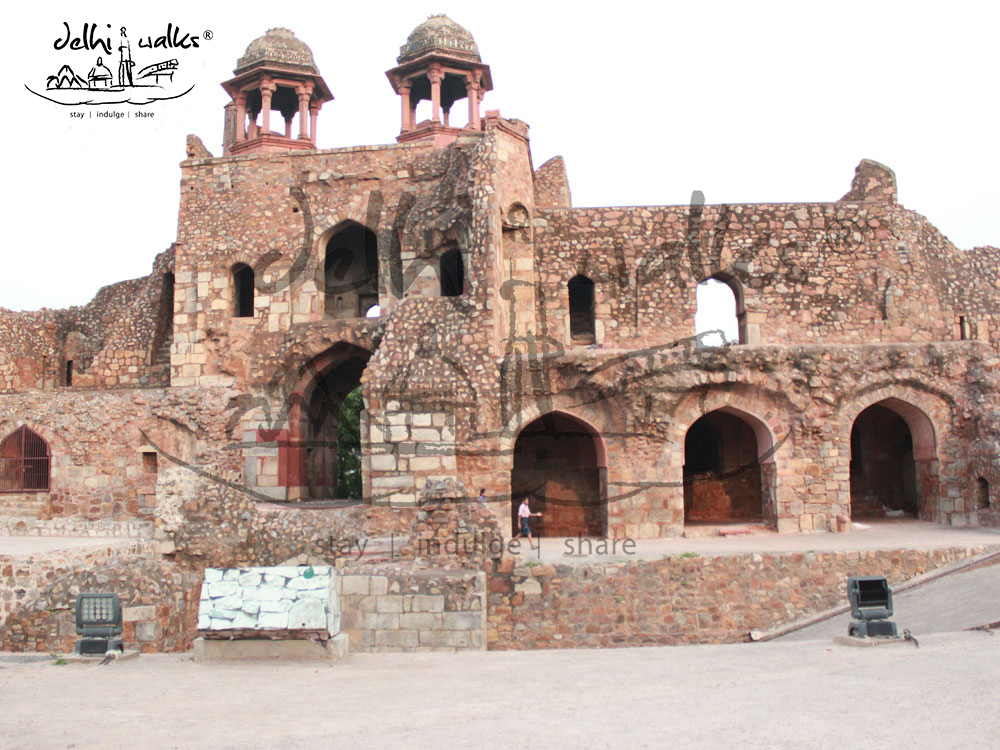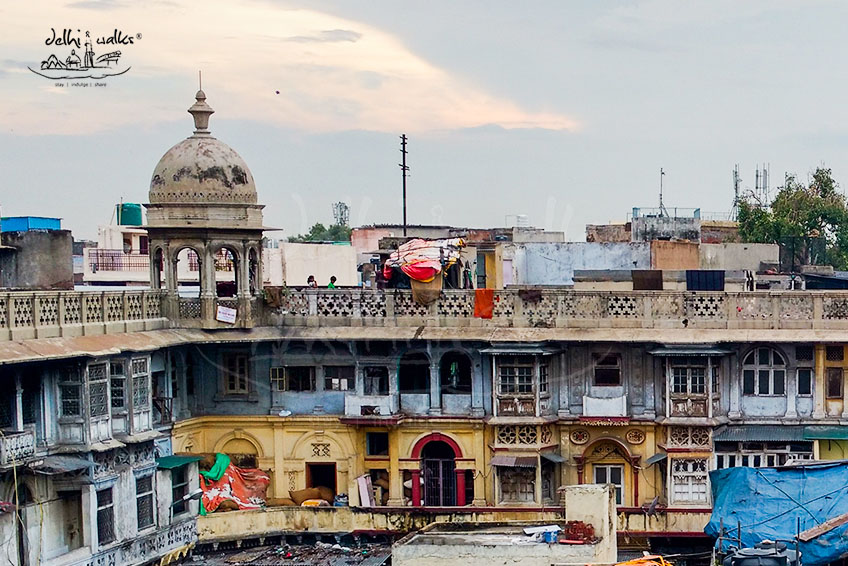The city of Dinpanah, was founded by Humayun, four years, after his father had founded the Empire. On the banks of the river Yamuna, the city was constructed unknowingly, that there was another ancient city which existed at the same area. It was called as ‘Indraprastha’ which translates as the ‘city of the God Indra’. While going through the fort complex, you get to witness the Mughal magnificence as well the remains of the ancient city scattered around, in the form of pottery and other materials. But one very significant thing which the fort city reflects is the material remains that have been left by Sher Shah Suri. An Afghan ruler who had overthrown Humayun, wreaked havoc in the Mughal city, built the new capital city called Sher Shahi, which is now known as Purana Qila. After successfully defeating Humayun in 1540, Suri demolished all that remained from the existing fort city of Dinpanah, re-used the materials from it, as well as from Feroz Shah Kotla and Siri, to make his new city SherGarh which translates as ‘the abode of Lions’. While the fort city was enclosed with three gates which were referred to as Bada Darwaza, Talaqi Darwaza and Humayun Darwaza, the outer walls, right in the front was demarcated with few more gates, such as the Lal Darwaza and the Kabuli Darwaza.
Humayun was often known in history as a moderate Mughal ruler between his charismatic father Babur and his legendary son Akbar. Humayun a superstitious man that he was, must have chosen the particular location of Indraprastha, not far from Nizamuddin Auliya’s shrine. It seems a little awkward that although the gates and outer wall can be proved to be of Humayun’s time, there is not a single other structure of his time.
The gates and the outer walls prove to be of Humayun’s time, but not more than this can be called as pertaining to Humayun’s time. A decent look inside the fort will reveal how scantily the monuments are scattered around the whole area. The main attractions of the whole place might be either the Sher Mandal, and The Qila-e-Kuhna Mosque. The exquisite design of the mosque can be credited to Sher shah, but it doesn’t look like Pathan architecture. A look at the octagonal dome makes it look more like a ‘Lodhi-era’ construction. However, the mosque is the best preserved part of the complex as its horse-shoe shaped doorways is one of the most beautiful example of symmetry, two on the left are ‘sawaal’ and two on the right are ‘jawaab’.





